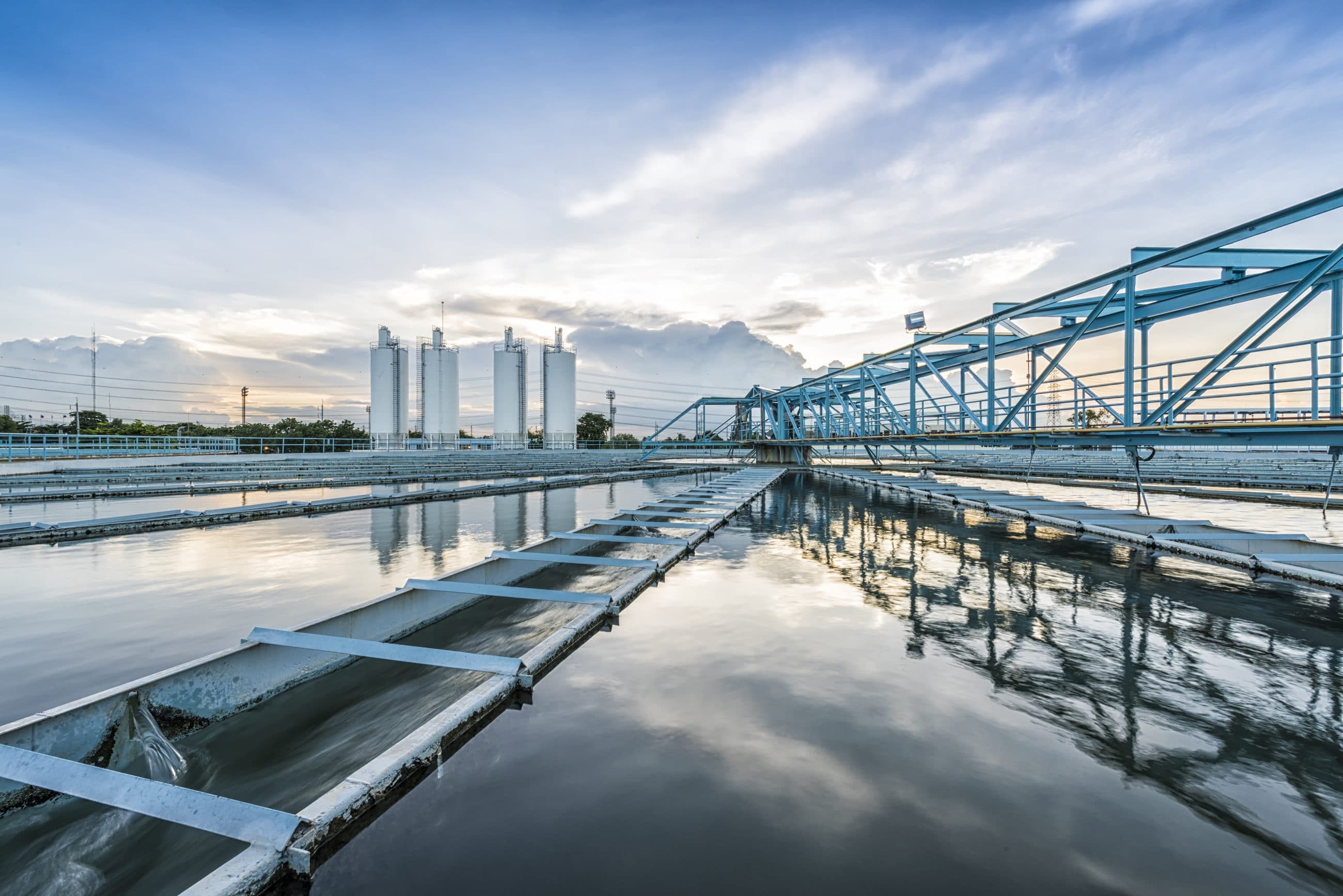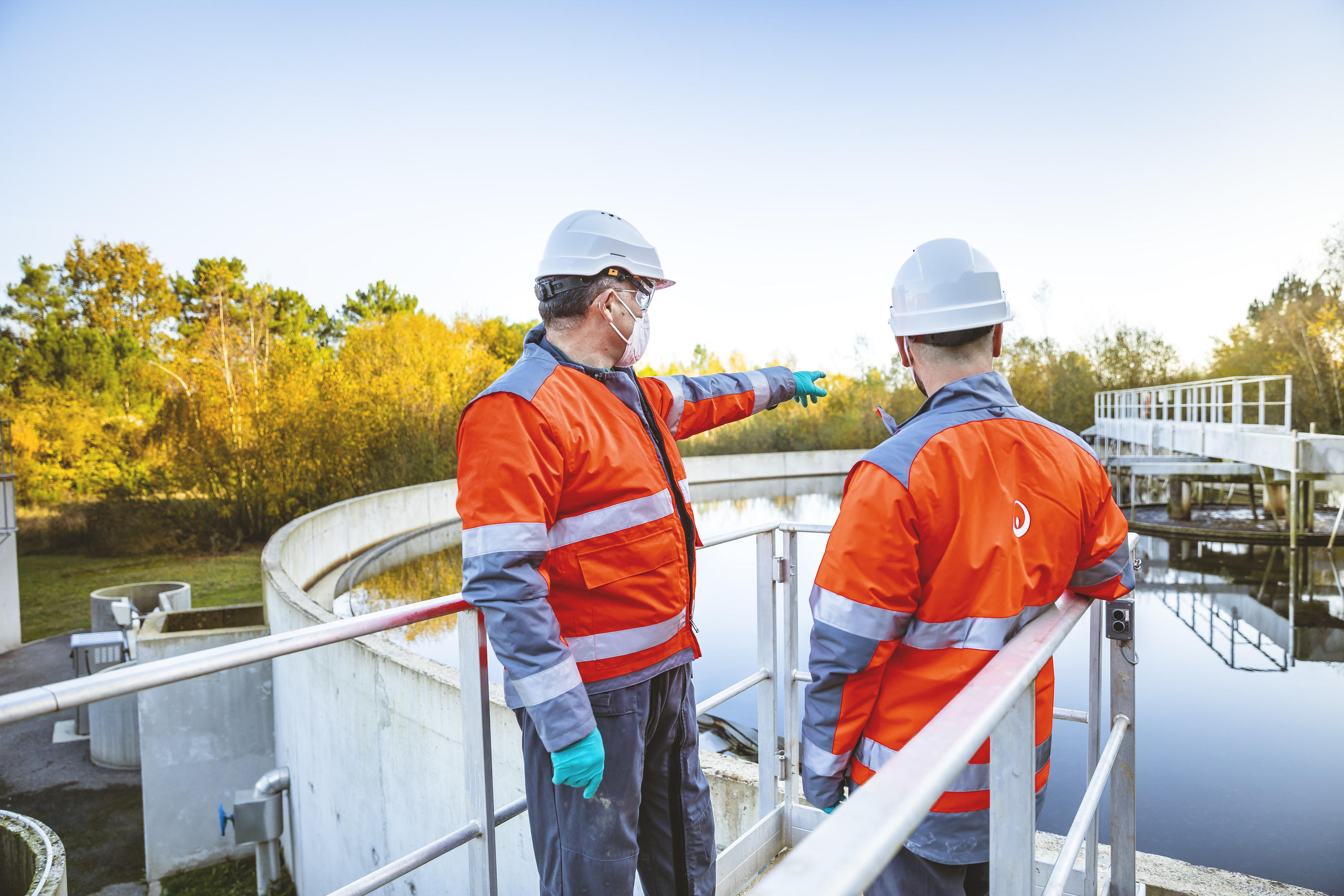Developments and Breakthroughs in Industrial Waste Water Treatment Technologies
The landscape of commercial wastewater treatment is undertaking a transformative shift, driven by technologies that improve both performance and sustainability. Emerging technologies, such as membrane bioreactors and microbial fuel cells, are redefining impurity removal procedures while contributing to power generation. Furthermore, source recovery techniques are gaining traction, aligning with round economy concepts. As governing standards progress, the integration of AI and artificial intelligence into wastewater administration systems assures to streamline operations and guarantee conformity. Nonetheless, the full implications of these improvements elevate crucial questions regarding their scalability and long-lasting influence on sector practices.
Overview of Waste Water Therapy Technologies
Wastewater therapy innovations include a variety of techniques developed to remove impurities from commercial effluents before their release right into the atmosphere. These innovations are important for preserving ecological equilibrium and making certain conformity with ecological laws. The primary groups of wastewater therapy include physical, chemical, and organic techniques, each serving distinctive functions based on the nature of the pollutants present.

Organic treatment techniques utilize microbes to degrade organic matter, making them specifically reliable for organic-rich effluents. Techniques like activated sludge and biofilm reactors harness the natural degradation capacities of bacteria, causing significant decreases in biochemical oxygen demand (FIGURE)
Advanced Filtering Strategies
Advanced filtering methods represent an important development in the realm of industrial wastewater therapy, enhancing the efficiency of pollutant removal procedures. Industrial Waste Water Treatment. These methods encompass a series of technologies, including microfiltration, ultrafiltration, nanofiltration, and reverse osmosis, which offer sequential barriers for various particle sizes and chemical frameworks
Microfiltration and ultrafiltration make use of membrane layer systems to eliminate suspended solids, germs, and larger natural molecules, boosting the quality of effluent before additional therapy. Nanofiltration bridges the void in between ultrafiltration and reverse osmosis, efficiently eliminating natural substances and divalent ions, therefore decreasing the load on downstream procedures.
Reverse osmosis uses the highest degree of purification by allowing just water and tiny molecules to go through its semi-permeable membrane layers, making it excellent for recovering top notch water from industrial effluents. Current innovations in membrane innovation, including the growth of even more resilient and fouling-resistant products, have significantly enhanced operational performance and decreased prices.
Including these sophisticated filtration methods not only boosts the overall therapy process however also adds to sustainability efforts by enabling water reuse and source healing in commercial settings. (Industrial Waste Water Treatment)
Organic Treatment Advancements

Furthermore, the growth of engineered organic systems, such as membrane layer bioreactors (MBRs), combines organic check these guys out treatment with advanced membrane layer filtration. This assimilation enables for greater effluent top quality and reduced impact, making it suitable for space-constrained commercial centers. Advancements in genetically engineered bacteria have actually also emerged, enhancing the biodegradation of certain impurities, such as pharmaceuticals and heavy metals, that are generally challenging to get rid of.
Additionally, the execution of bioaugmentation techniques, where advantageous germs are introduced to improve the existing organic treatment procedures, has shown encouraging results in enhancing therapy performance. These advancements collectively represent a fad towards more efficient and lasting organic treatment approaches that can adjust to the evolving complexities of commercial wastewater streams. As industries remain to focus on ecological conformity, these biological technologies will certainly play a vital duty in wastewater monitoring.

Resource Recuperation Techniques
In industrial setups, the combination of resource healing methods has actually ended up being significantly crucial for enhancing sustainability and decreasing waste. These techniques concentrate on removing important products and energy from wastewater streams, therefore transforming possible contaminants right into reusable sources.
One prominent technique is nutrient healing, where nitrogen and phosphorus, usually present over in wastewater, are captured and exchanged fertilizers. This not just reduces ecological influences but likewise provides a circular economic situation service for agricultural applications. Furthermore, modern technologies such as anaerobic digestion permit the conversion of natural waste right into biogas, a sustainable power source that can offset nonrenewable fuel source usage in commercial operations.
Moreover, advanced purification and membrane innovations assist in the healing of commercial by-products such as salts and steels. These recouped materials can be reintegrated into manufacturing procedures, lowering the need for virgin resources.
Future Patterns in Drainage Monitoring
As markets significantly focus on sustainability, the future of wastewater management is set to undergo considerable improvements. Technical innovations, such as artificial intelligence and device discovering, will certainly allow a lot more reliable surveillance and monitoring of wastewater systems. These modern technologies can forecast upkeep requirements, enhance therapy processes, and improve decision-making, page ultimately decreasing operational costs and ecological impact.
Furthermore, the integration of circular economy concepts will certainly play a critical duty in wastewater administration. Industries are expected to shift in the direction of systems that not just treat wastewater but also recoup valuable resources, such as nutrients, water, and power. This transition will certainly decrease waste and advertise the reuse of materials, aligning with international sustainability objectives.
Emerging therapy strategies, such as membrane layer bioreactors and advanced oxidation processes, will better boost the efficiency of wastewater treatment, enabling better effluents ideal for reuse. Furthermore, regulatory structures are likely to advance, stressing more stringent requirements for wastewater discharge and encouraging sectors to embrace innovative treatment solutions.
Verdict
Finally, the advancement of industrial wastewater therapy innovations shows a considerable change towards boosted effectiveness and sustainability. Technologies in sophisticated purification methods, organic treatments, and source recovery techniques highlight the sector's commitment to ecological stewardship. The assimilation of man-made knowledge and artificial intelligence better optimizes these procedures, ensuring regulative conformity and promoting a circular economic climate. Proceeded developments in these locations will certainly play an important duty in shaping the future of wastewater administration and protecting crucial water sources.
The landscape of industrial wastewater treatment is undergoing a transformative shift, driven by developments that improve both effectiveness and sustainability.Wastewater treatment innovations include an array of methods designed to remove contaminants from industrial effluents prior to their launch right into the setting.Using the power of organic procedures has actually led to considerable advancements in the treatment of industrial wastewater.In addition, the application of bioaugmentation techniques, where beneficial germs are introduced to boost the existing organic treatment procedures, has shown encouraging outcomes in enhancing treatment performance. These developments collectively signify a fad in the direction of more reliable and sustainable biological therapy methods that can adapt to the evolving intricacies of industrial wastewater streams.